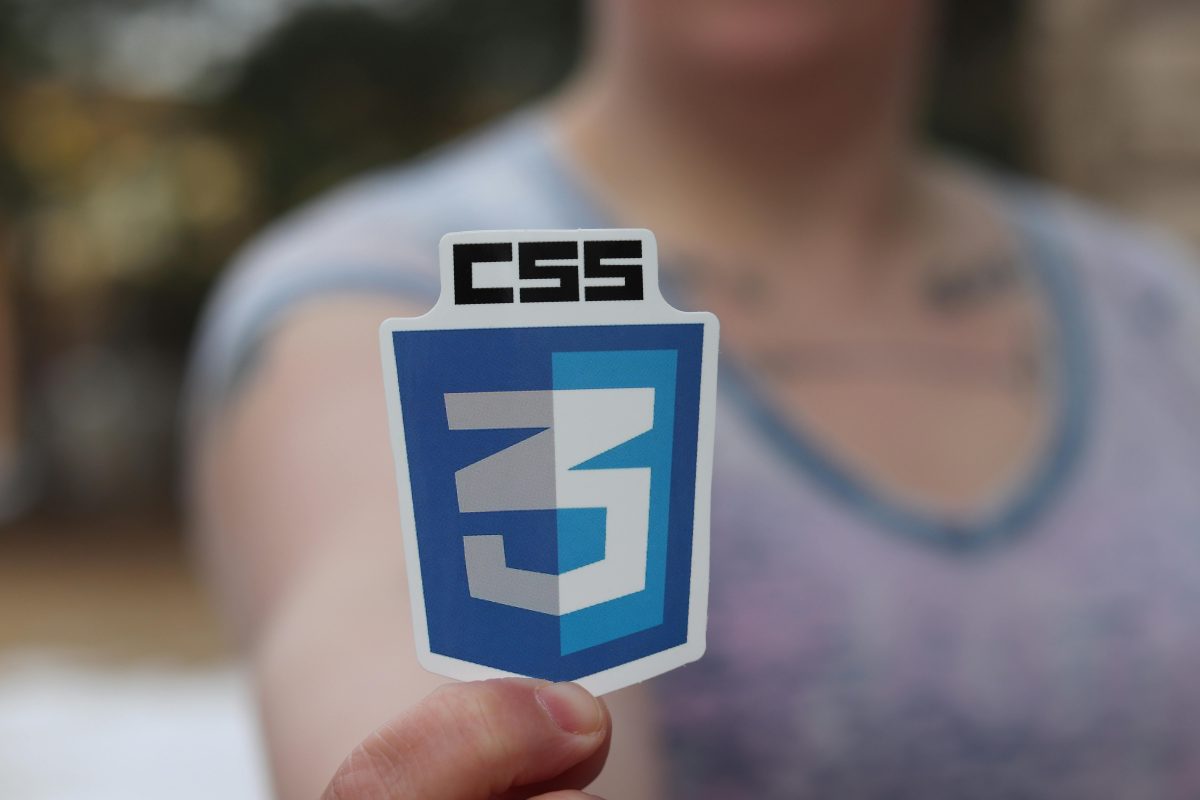Have you been stuck brainstorming the perfect acronym for your new project, product or business? Crafting effective acronyms that are concise yet memorable is a common challenge faced by marketers, organizations, and individuals alike.
Today, there’s a cutting-edge solution that can revolutionize your acronym creation process – AI acronym generation tools. By leveraging advanced natural language processing algorithms, these AI models can analyze data, understand context, and generate creative yet meaningful acronyms tailored to your needs.
This comprehensive guide will explore the AI acronym generation process, its benefits, and how to effectively utilize this technology for all your branding and communication efforts.
What is AI Acronym Generation?
AI generation harnesses the power of artificial intelligence and machine learning to produce relevant, catchy acronym candidates from phrases, names, or keywords. This process involves several key steps:
- Data Input & Preprocessing
- Contextual Understanding Through NLP
- Acronym Candidate Generation
- Intelligent Filtering & Ranking
- Human Review & Refinement
Let’s break down the process a bit. First, you provide the AI system with the relevant information – it could be a phrase, a name, or a set of keywords related to the concept you want to encapsulate in an acronym. The AI then preprocesses this data, cleaning and tokenizing it to prepare for analysis.
But here’s where the real magic happens. The AI model leverages its vast knowledge base and language understanding capabilities to grasp the deeper meanings and connotations of your input data. It’s like having a brilliant linguist and wordsmith on your team, able to pick up on the subtleties and nuances that might escape human experts.
Next, the AI explores various combinations of letters, phonemes, and word fragments, generating a pool of potential acronym candidates. It’s like a brainstorming session on steroids, where the AI can explore countless possibilities, going beyond the limitations of human ideation.
Not all acronym candidates are created equal, and that’s where the AI’s filtering and ranking algorithms come into play. These sophisticated algorithms evaluate each candidate based on criteria such as memorability, pronunciation, and adherence to industry standards or guidelines. The top-ranked options are then presented to you for review.
While AI-generated acronyms can be remarkably accurate and insightful, we always recommend incorporating human oversight and input into the process. After all, you’re the subject matter expert, and your feedback and guidance are invaluable in ensuring that the final acronym selection aligns with your brand guidelines, personal preferences, or industry conventions.
AI models can explore countless combinations beyond human ideation limits by combining vast knowledge bases with language processing capabilities.
The Benefits of Using AI for Acronym Creation
Streamlined Brainstorming
Say goodbye to tedious brainstorming sessions. AI tools rapidly generate a wealth of options, saving valuable time and resources.
Creative & Distinctive
Leverage computational power to explore truly unique acronym combinations you may have overlooked.
Context & Language Aware
Ensure acronyms are contextually relevant, linguistically sensible, and aligned with industry naming conventions.
Time & Cost Efficient
Reduce the time and labor costs associated with traditional acronym ideation processes.
How to Generate Acronyms with AI
Select an AI Acronym Tool
Research and choose a reputable AI writing assistant or specialized acronym generator.
Input Relevant Data
Provide the phrase, keywords or name you wish to acronymize. More context yields better results.
Run the AI Model
Initiate the AI’s natural language processing and acronym generation capabilities.
Review Candidates
Evaluate the AI’s top acronym suggestions against criteria like brevity, memorability and meaning.
Refine with Human Input
Incorporate feedback from subject matter experts and key stakeholders for the final selection.
AI-powered acronym generation combines artificial and human intelligence, revolutionizing branding, marketing, and communication strategies with distinctive yet intuitive acronyms that resonate.
If I were to use an AI acronym generation tool…
I would follow these steps:
Define My Needs: Before getting started, I would define the acronym’s purpose and target audience. Is it for a new marketing campaign, a technical project, or an academic paper? Knowing the context helps the AI tool generate more relevant suggestions.
Gather Initial Ideas: While AI excels at generating creative options, it can also benefit from a starting point. I would brainstorm some potential acronyms or keywords myself to provide the AI tool with some direction.
Utilize the Power of AI: Once I have a clear goal and some initial ideas, I would leverage the AI tool’s capabilities. I would input my chosen phrase or keywords and explore the variety of acronyms it generates.
Evaluate and Refine: The AI’s suggestions wouldn’t be the final answer. I would carefully evaluate each acronym based on memorability, pronounceability, and alignment with my initial goals. I might even rerun the AI tool with some more promising options for further refinement.
Human Touch is Crucial: Remember, AI is a powerful tool, but it shouldn’t replace human judgment. In the final stage, I would involve relevant stakeholders or subject matter experts to get their feedback and ensure the chosen acronym resonates with the target audience.
Use Cases
From product launches and marketing campaigns to company initiatives or academic branding – implement AI generation tools to craft impactful acronyms that leave a lasting impression.
AI generation tools offer a powerful solution for crafting impactful acronyms across various contexts. Here are some specific examples:
Product Launches & Marketing Campaigns:
- Generate a catchy and memorable acronym for your new product line (e.g., using an AI tool for “Advanced Cloud Storage Solution” might suggest ACES).
- Develop an acronym for a marketing campaign focused on a specific benefit (e.g., “Effortless Expense Management” could translate to EEM through an AI tool).
Company Initiatives & Internal Branding:
- Create an acronym for a new company-wide sustainability program (e.g., “Green and Efficient Operations” could be transformed into GEO by an AI tool).
- Develop an acronym for an internal training program to boost employee skills (e.g., “Professional Development and Leadership” might be converted to PADL).
Academic Branding & Research Projects:
- Generate an acronym for a multidisciplinary research project (e.g., “Social Impact of Artificial Intelligence” could be turned into SOIAI using an AI tool).
- Develop an acronym for a new academic department focusing on emerging technologies (e.g., “Quantum Computing and Information Science” might be translated to QCIS).
Beyond these examples, AI acronym generation can be valuable for:
- Government Agencies and Non-Profits: Crafting clear and concise acronyms for programs or initiatives.
- Educational Institutions: Developing student-friendly acronyms for academic departments or courses.
- Software Development: Generating memorable acronyms for software tools or features.
Limitations of AI Acronym Generation:
I also feel it is necessary to acknowledge that AI acronym generation has limitations. While AI excels at exploring vast combinations and suggesting creative options, human oversight remains crucial. Here are some key considerations:
Industry Knowledge: Acronyms may require specific industry understanding that AI might lack (Growth of Acronyms in Scientific Research by Jianjie Hu). For example, an AI tool might not be aware of existing acronyms within a particular field, leading to unintentional duplication.
Cultural Sensitivity: AI-generated acronyms may not consider cultural nuances or potential offensiveness in certain languages (Source: The Ethics of Artificial Intelligence by John Danaher). Human review is essential to ensure the chosen acronym is appropriate for the target audience.








